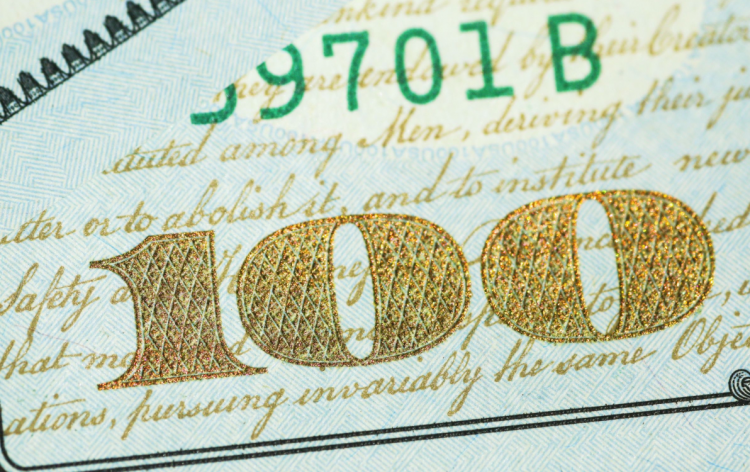Details About GBP/USD Currency Pair and Influence of Unclear Interest Rates

The GBP/USD currency pair is a highly traded currency pair worldwide that has a significant impact on the global economy. It represents the exchange rate between the British pound and the US dollar, which are two of the most important currencies in the world. The GBP/USD exchange rate is subject to various factors, including economic indicators, political events, and monetary policy decisions made by the Bank of England and the US Federal Reserve.
This article aims to provide an in-depth overview of the GBP/USD currency pair, its essential characteristics, and the current state of the forex market. It will explore the historical trends of the GBP/USD exchange rate and the drivers behind the current price movements. Additionally, the article will analyze the effects of Brexit and other political events on the exchange rate and how traders can manage market fluctuations.
Everything You Need to Know about GBP and USD
The GBP/USD currency pair is recognized for its high trading volume and volatility in the forex market. The exchange rate is influenced by a variety of economic, political, and monetary factors, including GDP and inflation rates, Brexit, and the Bank of England and the US Federal Reserve monetary policies.
The pair’s liquidity is one of its prominent features, making it a preferred choice for traders who want to buy and sell currencies swiftly. The high trading volume has led to a relatively tight bid-ask spread, reducing trading costs, and making it easy for traders to enter and exit positions.
The UK economy is one of the world’s largest, and the Bank of England’s monetary policy decisions can have a significant impact on the GBP/USD exchange rate. For instance, an increase in interest rates by the Bank of England may lead to a GBP appreciation against the USD, while quantitative easing measures may cause the GBP to weaken.
The USD is the most traded currency globally, and its value is influenced by various factors, including US economic indicators, Federal Reserve’s monetary policies, geopolitical tensions, and natural disasters. The USD is also a safe-haven currency, and its value tends to appreciate during times of economic uncertainty.
The GBP/USD currency pair has experienced significant fluctuations in recent years, mostly due to Brexit-related uncertainty. However, the exchange rate has stabilized somewhat since the UK and EU reached a trade deal in December 2020. The COVID-19 pandemic has also impacted the exchange rate, with the USD initially strengthening due to its safe-haven status but subsequently weakening due to the US government’s massive fiscal stimulus measures.
To conclude, the GBP/USD currency pair is a crucial player in the global financial system, impacting global trade and investment. Forex traders looking to profit from currency fluctuations find the pair’s high liquidity and volatility attractive. It is essential to understand the key drivers of the GBP/USD exchange rate for traders to make informed decisions about their forex trading strategies.
Current Price Trends for GBP and USD
The Senate Banking Commission stated that interest rates are likely to be higher than previously anticipated. However, the process connected to interest rates is still an ongoing process which makes it difficult to outline any clear view of price fluctuations. Traders must find a currency or asset with potential in this complex scenario, and the pound is one that fits the bill. The pound, along with the Aussie and Canadian dollar, has potential due to central banks’ pauses on interest rate hikes, effectively opening the door to a widening interest rate differential.
Despite narrowly avoiding a recession at the end of last year, the pound has struggled for consistent long-term drivers, and inflation remains in double digits. Wednesday’s UK Spring Statement is expected to bring about sterling volatility, but the Chancellor of the Exchequer, Jeremy Hunt, is likely to resist allocating the entire £30 billion in extra budget identified by the Office for Budget Responsibility (OBR) as the Tory party looks ahead to the 2024 national elections.
GBP/USD has trended lower after confirmation of a double top around the zone of support 1.2445. Tuesday’s drop not only broke below 1.2000 but also the 200 simple moving average and the 23.6% Fibonacci retracement of the 2022 rise, and even the yearly low of 1.1840. The pair may see a short-term pullback before assessing a bearish continuation, with possible pivot points or levels of resistance at the imminent 200 SMA, the 23.6% Fib, and 1.2000. Compared to AUD/USD and USD/CAD, the cable isn’t in oversold territory, leaving room for a move to the downside.


























Comments (0 comment(s))